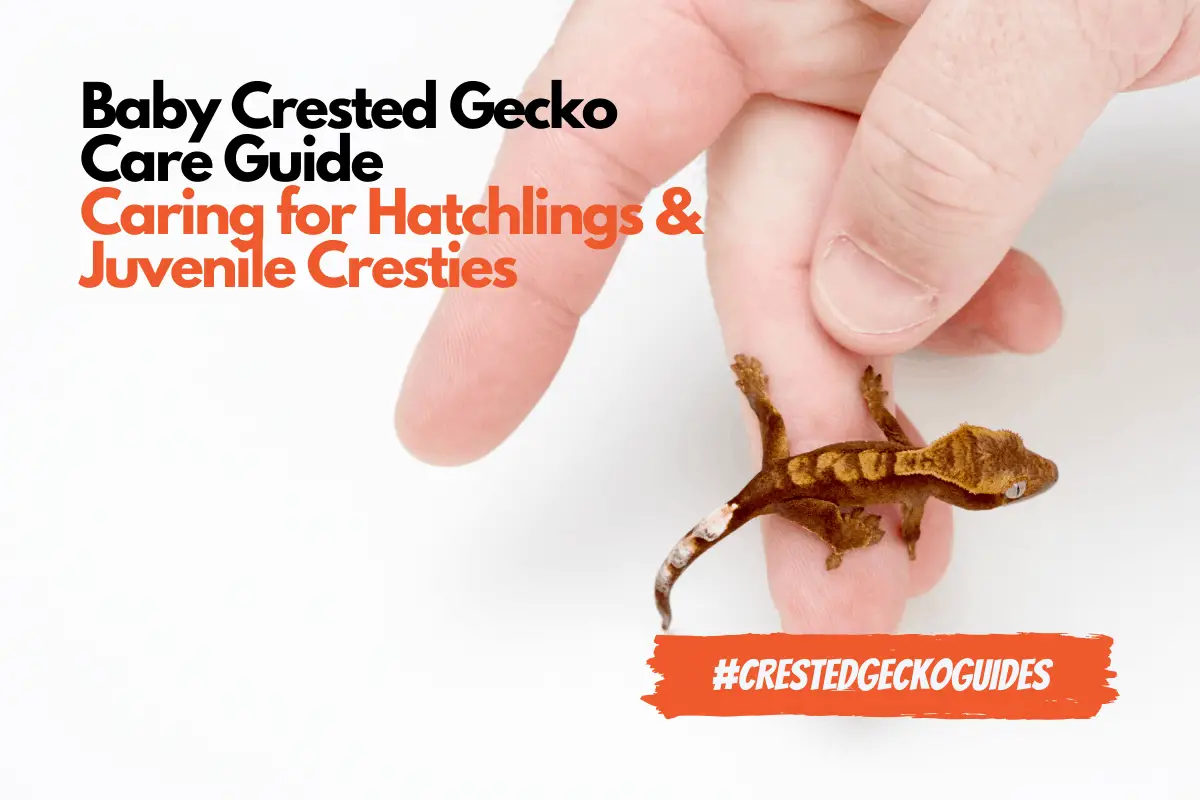
Baby Crested Gecko Care Sheet: A Comprehensive Guide to Raising Healthy and Thriving Hatchlings
Introduction
Crested geckos (Correlophus ciliatus) are captivating reptiles that have gained immense popularity as pets due to their docile nature, vibrant colors, and relatively low maintenance requirements. While adult crested geckos are generally hardy and easy to care for, baby crested geckos require specialized care to ensure their proper growth and development. This comprehensive care sheet provides detailed guidance on all aspects of baby crested gecko care, from housing and feeding to health and socialization.
Housing
Enclosure:
- Baby crested geckos should be housed in a 10-gallon terrarium with a secure lid.
- The enclosure should provide ample space for climbing, hiding, and exploring.
- Vertical space is crucial, as crested geckos are arboreal and spend most of their time in trees.
Substrate:
- Coconut fiber, sphagnum moss, or a mix of both is an ideal substrate for baby crested geckos.
- These substrates retain moisture, provide hiding places, and are easy to clean.
- Avoid using sand or gravel, as they can be ingested and cause health problems.
Temperature and Humidity:
- Baby crested geckos require a warm and humid environment.
- Maintain a temperature gradient of 75-85°F (24-29°C), with a basking spot of 85-90°F (29-32°C).
- Humidity should be kept between 60-80% by misting the enclosure regularly or using a humidifier.
Lighting:
- Baby crested geckos do not require UVB lighting, as they obtain vitamin D3 from their diet.
- However, providing a 12-hour light cycle is essential for regulating their circadian rhythm.
- Use a low-wattage incandescent bulb or a reptile-specific LED light.
Decor:
- Provide plenty of hiding places, such as live plants, cork bark, and plastic caves.
- Include branches and vines for climbing and enrichment.
- A shallow water dish should be available at all times.
Feeding
Diet:
- Baby crested geckos are insectivores and should be fed a diet consisting of live insects.
- Suitable insects include crickets, dubia roaches, mealworms, and waxworms.
- Insects should be dusted with a calcium and vitamin D3 supplement twice a week.
Feeding Frequency:
- Feed baby crested geckos daily.
- Offer 5-10 insects per feeding, depending on their size and appetite.
- Remove any uneaten insects after 24 hours.
Supplements:
- Calcium and vitamin D3 are essential for proper bone growth and development.
- Dust insects with a calcium supplement twice a week and a vitamin D3 supplement once a week.
Water:
- Provide a shallow water dish filled with fresh water at all times.
- Mist the enclosure regularly to maintain humidity.
Health
Common Health Issues:
- Metabolic bone disease (MBD): Caused by a deficiency of calcium and vitamin D3. Symptoms include soft bones, lethargy, and deformities.
- Respiratory infections: Caused by bacteria or viruses. Symptoms include sneezing, wheezing, and discharge from the nose or mouth.
- Parasites: Can cause weight loss, diarrhea, and lethargy.
- Tail loss: Crested geckos can drop their tails as a defense mechanism. If the tail is lost, it will not regenerate.
Preventing Health Issues:
- Provide a balanced diet with adequate calcium and vitamin D3.
- Maintain proper temperature and humidity levels.
- Keep the enclosure clean and free of debris.
- Handle the gecko gently and avoid excessive stress.
- Regular veterinary checkups are recommended to ensure the gecko’s health.
Socialization
Handling:
- Baby crested geckos are generally docile and can be handled gently.
- Support the gecko’s body with one hand and use the other hand to gently cradle its head.
- Avoid handling the gecko too frequently or for extended periods.
Cohabitation:
- Baby crested geckos can be cohabitated with other crested geckos of similar size.
- However, it is important to monitor the geckos closely for any signs of aggression or stress.
- If cohabitation is not successful, the geckos should be separated.
Growth and Development
Growth Rate:
- Baby crested geckos grow rapidly during their first year of life.
- They can reach a length of 4-6 inches within the first year.
Sexual Maturity:
- Crested geckos reach sexual maturity at around 12-18 months of age.
- Breeding should not be attempted until the geckos are fully mature.
Conclusion
Raising baby crested geckos is a rewarding experience that requires careful attention to their unique needs. By providing proper housing, feeding, and socialization, you can ensure that your baby crested gecko grows into a healthy and thriving adult. Regular veterinary checkups and monitoring for any signs of health issues are essential for the gecko’s well-being. With patience and dedication, you can provide your baby crested gecko with a long and fulfilling life.
